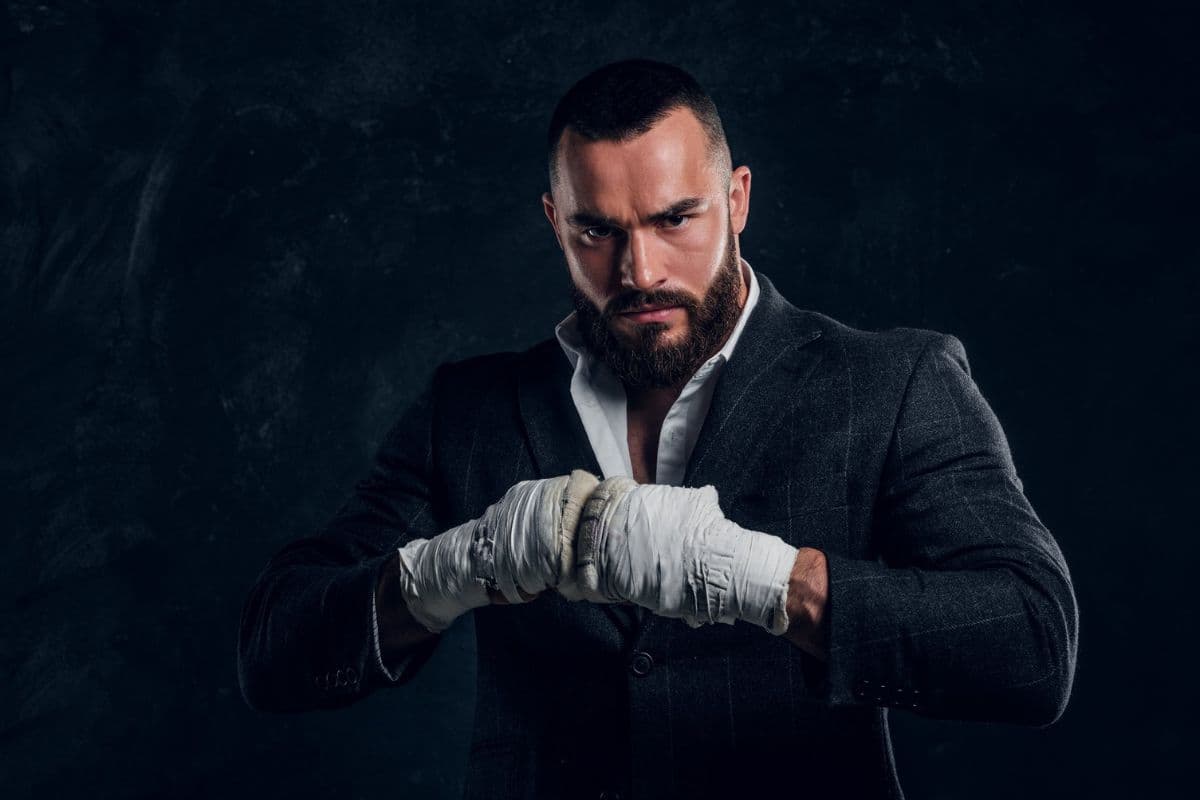The Italian mafia was infamous for the contracts they made and the violence they unleashed on those who broke agreements or got in their way. New mobsters were typically recruited as debt collectors to rough up people who hadn’t repaid their debts on time. Some of these recruits had some fighting experience, but were they trained in any particular fighting style?
Boxing was the most common fighting style among the Italian mafia as they had a history with the boxing industry. Mobsters were also often trained in armed combat with daggers, batons, and firearms.
In the rest of this article, we’ll explore how boxing became so popular with the mafia and also give you a brief description of a highly trained martial artist who also happened to be a mobster.
Table of Contents
Why Boxing Was Common Among Mafia
The 1940s were the height of organized crime in the U.S. The mafia controlled a significant portion of the finances in nearly every industry, and one of their favorite money-making franchises was the boxing industry.
In fact, the mafia would dominate the boxing industry for nearly two decades, blackmailing fighters and making a fortune off corrupt fights.
Two mafioso figures, Frankie Carbo and Blinky Palermo started and controlled the supposedly legitimate International Boxing Club. However, the organization was simply a front, with plenty of underhanded deals. The mobsters would bribe the judges and fix fights so they could bet accordingly and make hundreds of thousands in winnings.
Until the 1960s, both of these men managed to keep the boxing industry under their thumb, forcing fighters and judges to obey their commands. Once these men were put behind bars, their influence on the boxing world ceased.
The mafia’s involvement in the sport of boxing likely meant that many mobsters were hanging around in training gyms or spending considerable time around fighters. As such, it’s probable that some of these mobsters even took boxing lessons or picked up a few skills from the fighters they interacted with.
As such, when these mobsters became debt collectors or were assigned to find and punish an enemy, they would resort to boxing maneuvers in their dealings. While none of them were professionally trained fighters, they probably used elements of boxing.
The principles of boxing are known to be effective in street fights, so it’s easy to see why mobsters would want to adopt them.

Tommy ‘Karate’ Pitera
Tommy Pitera was a mobster with a violent streak and perhaps the only member of the mafia to have been formally trained in a martial art form. Tommy grew up in Brooklyn, where he was bullied for his high-pitched voice and the fact that he was of Italian origin.
The constant bullying would leave Tommy angry for the rest of his life. He found an outlet for this anger when his mother brought home a few Kung Fu films to watch. Tommy devoured these films, enjoying the violence portrayed there and learning everything he could.
Tommy soon joined a karate dojo, where he quickly rose to the top and won several championships. He also studied the Kyokushin fighting style, becoming proficient at many of the maneuvers he learned through books.
In fact, Tommy was so good that he earned a year-long scholarship to train in Japanese martial arts under the renowned Shihan Hiroshi Masumi.
Unfortunately, the discipline and good intentions imparted by martial arts training fell on deaf ears, and Tommy used his skill to rise through the ranks of the mafia. He eventually became the mob’s most dangerous and feared debt collector, willing to go to any length for the crime syndicate.
His use of martial arts to subdue opponents and rival mobsters earned him the nickname Tommy ‘Karate’ Pitera. His violent nature was never quenched, and Tommy would commit over sixty murders, many of which were condemned by the mob who hired him.
Finally, in January 1992, Tommy was convicted of six first-degree murders and sentenced to life in prison.
Final Thoughts
The mafia would typically induct bulky or muscular mobsters with a bit of street fighting experience so they could scare away their enemies and collect debts easily. However, none of these mobsters were trained in any fighting style—with the notable exception of Tommy Pitera.
It can be hard to imagine someone imbibing the values of martial art and using them for evil. This disparity is probably why most mobsters were not trained in any martial art form and instead resorted to using weapons or any fighting skills they picked up on the streets.

